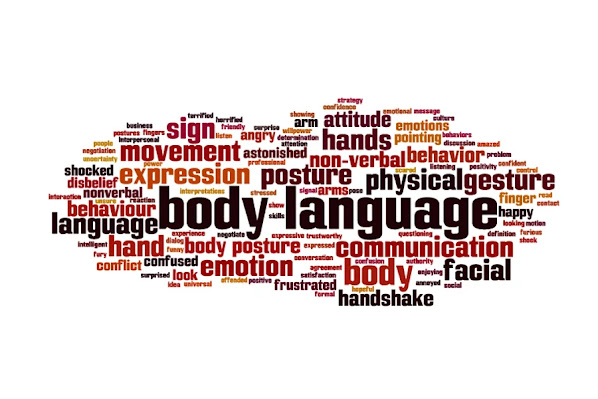Beyond Boundaries: Exploring the Future of Communication

As we progress into the 21st century, advances in technology and shifts in societal norms are continuously reshaping the landscape of communication. From social media platforms to virtual reality, the way we exchange information, ideas, and emotions is evolving at a rapid pace. We will discuss emerging trends and technologies that are shaping the future of communication and explore their potential impact on our lives. 1. Social Media and Online Communication: The rise of social media and online communication platforms has had a profound impact on the way we communicate. Instant messaging, video calls, and social networking sites have become integral parts of our daily lives, allowing us to connect with others across vast distances and cultural divides. As these platforms continue to evolve, we can expect further integration of artificial intelligence and augmented reality, offering more immersive and personalized communication experiences. 2. Virtual and Augmented Real...





